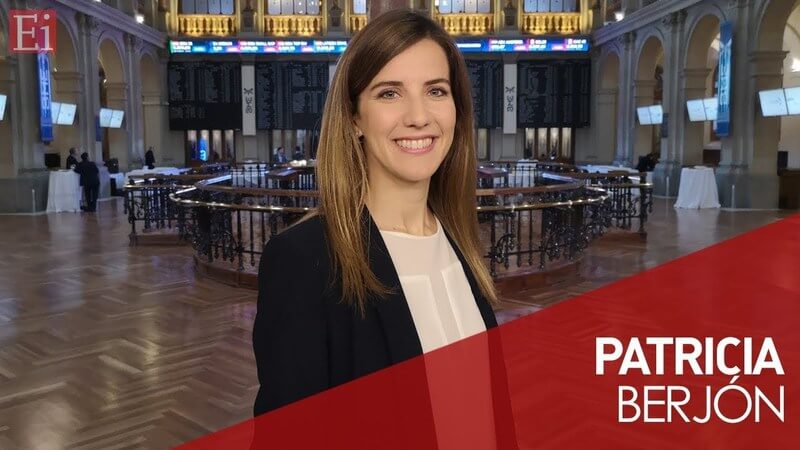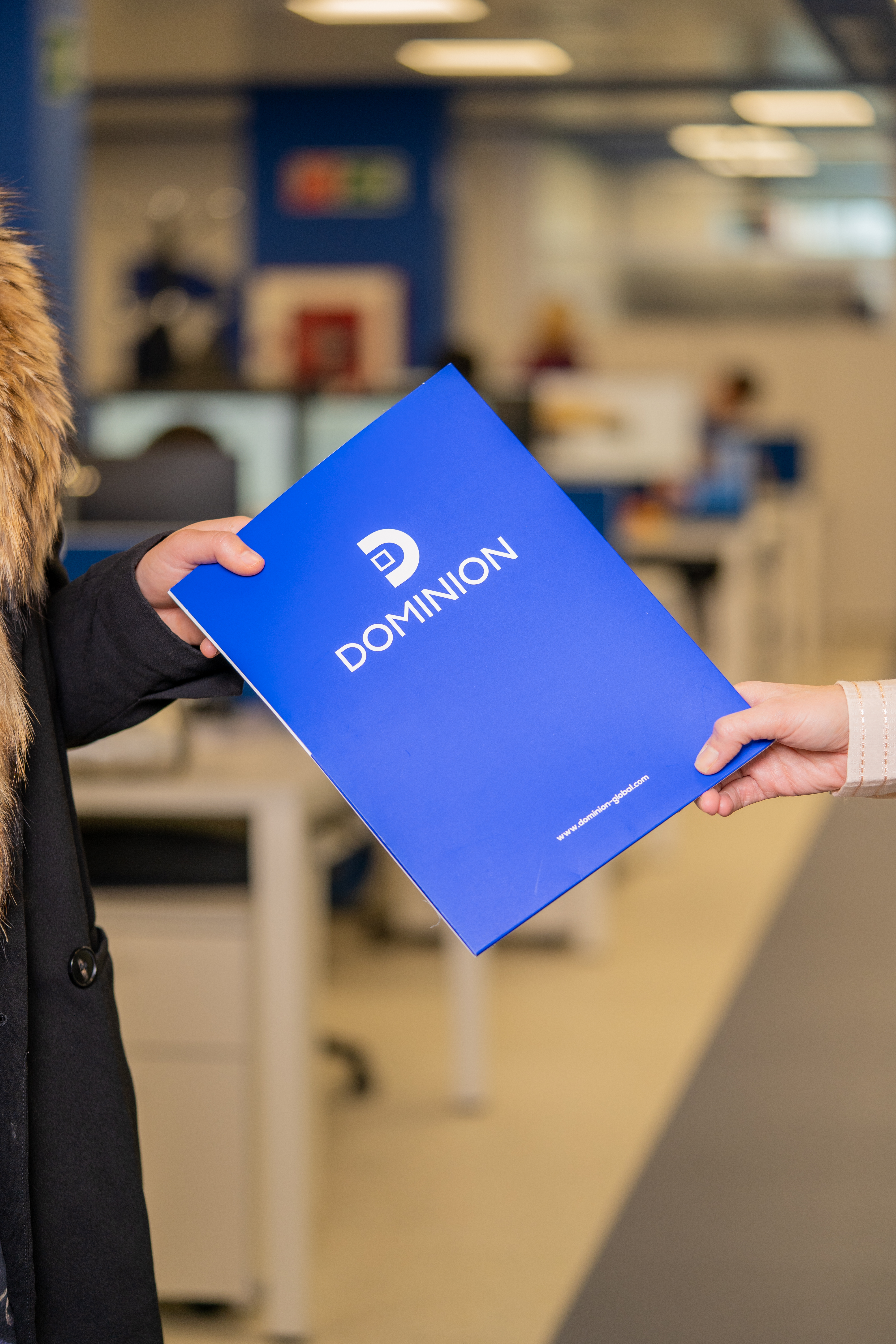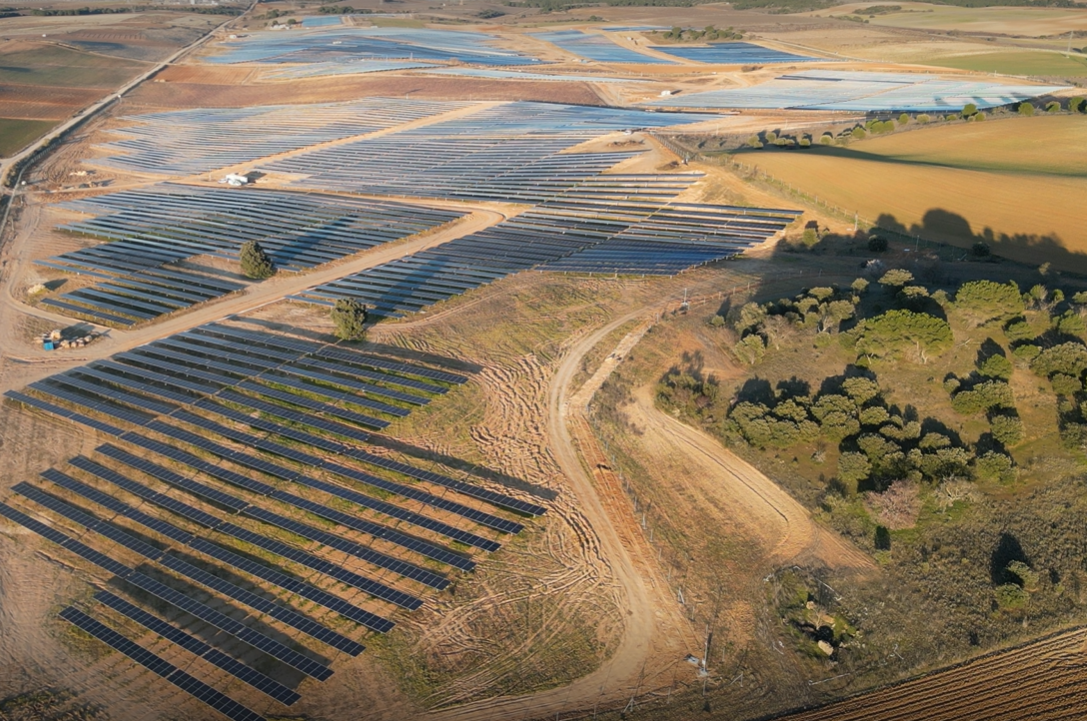"All company acquisitions have been important milestones for DOMINION, as well as our IPO in 2016.
"Our differential value proposals are the end-to-end capabilities in the solutions segment and the integration of capabilities under a "One stop shop" model in Services, which we call Smart House for the B2C".
"No customer accounts for more than 5% of our contribution margin".
"The market is not acknowledging the value of our diversification".
What are the company's most important milestones over this time?
There are a lot, because a lot happens in 20 years. As a company we are very much aware of where we are, not only because of what we get right but also of our mistakes or the difficult moments we have had in this time, like the crisis of 2008 and another perhaps more industry-specific one affecting "dot-com" firms, but in the end you remember the milestones that represented turning points for the company. I think one of the essential ones is that every time you take over a company - and we've taken over a lot of them - it means a big change, for example when we went into Mexico in 2001, in 2014 we took over Beroa Karrena, taking us into industry when we came from a world centred more on technology and communications, and more recently we took over The Phone House in 2017, opening doors to end consumers. Another very important milestone was our flotation in 2016, which gave us resources to expand, ensured a solid balance sheet and made us focus on the requirements involved in such a flotation.
The 2019-2022 Strategic Plan envisages doubling net profits in 4 years, with annual growth in sales and EBITDA of 5% and 10% respectively, without taking certain possible takeovers into account. How do you plan to achieve this?
On the one hand we are highly attentive as a company to market trends: we identify them and are highly flexible in adapting our business model to take advantage of them. Thus, we are part of trends like the increasing outsourcing of services, renewable energies, industry 4.0... We are there and we follow these trends closely. As you say, this is an organic plan, so we have to place a strong emphasis on our differential value propositions in each of the spheres in which we work. We are talking about the world of solutions and projects, so our value proposition involves being an independent technology provider and having capacities ranging from design to execution and subsequent maintenance of a project. If we are already talking about the world of services, we are orienting ourselves towards applying technology and towards our ‘one stop shop’ concept, which means being a Tier 1 service provider, handling all services in an integrated way. And in these areas, of B2B (business to business) services and solutions, there is great potential for us to expand into sectors where historically we have not been present, like those of industry and energy. Moving to a more geographical level, in terms of geographical expansion, there are markets where we have not yet worked much like Africa and Asia. In the case of Asia, for example, with our recent acquisition of a firm in India, these are markets where we have great potential.
In the world of B2C, working with end consumers, what we do involves integrated household services in the ‘Smart House’ project, and here we have big, big plans for growth.
In terms of markets and customers, which have the greatest weight in the DOMINION accounts?
There is no single recurrent customer with a significant weight in our profit and loss account. For example, no customer accounts for more than 5% of our contribution margin, and the same applies to the countries we work in. We are in more than 35 countries, with 60% of our turnover in Europe and Africa, 30% in the Americas and 10% in Asia. We are highly diversified in terms of both customers and geography. This is one of our identifying traits and it is something that serves to give stability to our results.
You work in four business areas through two segments, services and solutions. In terms of recurrence and margins, what are the figures for each of these two segments?
Services account for more recurrence: we have an 85% recurrence rate and tighter margins for services. Meanwhile, solutions give us higher margins, because they are more intensive in knowledge and engineering, and they give us visibility. We have 600 million euros in our project portfolio. To give you an idea, services account for 60% of turnover and solutions 40%, while the balance is 50% each in contribution margin.
The good financial figures do not match those for share prices. Share prices are over 12% down in a year. What do you think alarms investors about DOMINION and why do you think the market is punishing the company?
I think rather than a specific concern about Dominion on the part of investors, an explanation for these falls in share value should be sought in the fact that some of our investors have been forced to sell their holdings to meet outgoings from their funds and this has led them to divest despite good profit figures and the company going well... despite having confidence in the project. We live in an unstable macroeconomic environment and there may be concerns at general level rather than about us. The market is not valuing the diversification that helps us to mitigate situations of this kind.
You have a very similar business to that of the energy distributor Holaluz, called Alterna. What are the similarities and differences between Alterna and Holaluz?
In fact, Alterna is very similar to Holaluz in the sense that it is a distributor of energy, gas and electricity and we even have very similar numbers of clients to Holaluz on the market: we have nearly 150,000 clients at the end of this year, which we have attracted in just about two years. Alterna is much more. It is part of the ‘Smart House’ project in which we aim to integrate different household services starting with energy, telecommunications (we already have the first combined telecommunications and energy bill), insurance, alarm systems, financial products and more. We believe that this integration of services will increase the loyalty of each client and therefore revenue per client. We opt for omni-channel distribution, at physical The Phone House shops, as well as by internet and call center. We believe that costs are lower with this formula than in other cases. In any case, we see distributors as a very important growth area.












